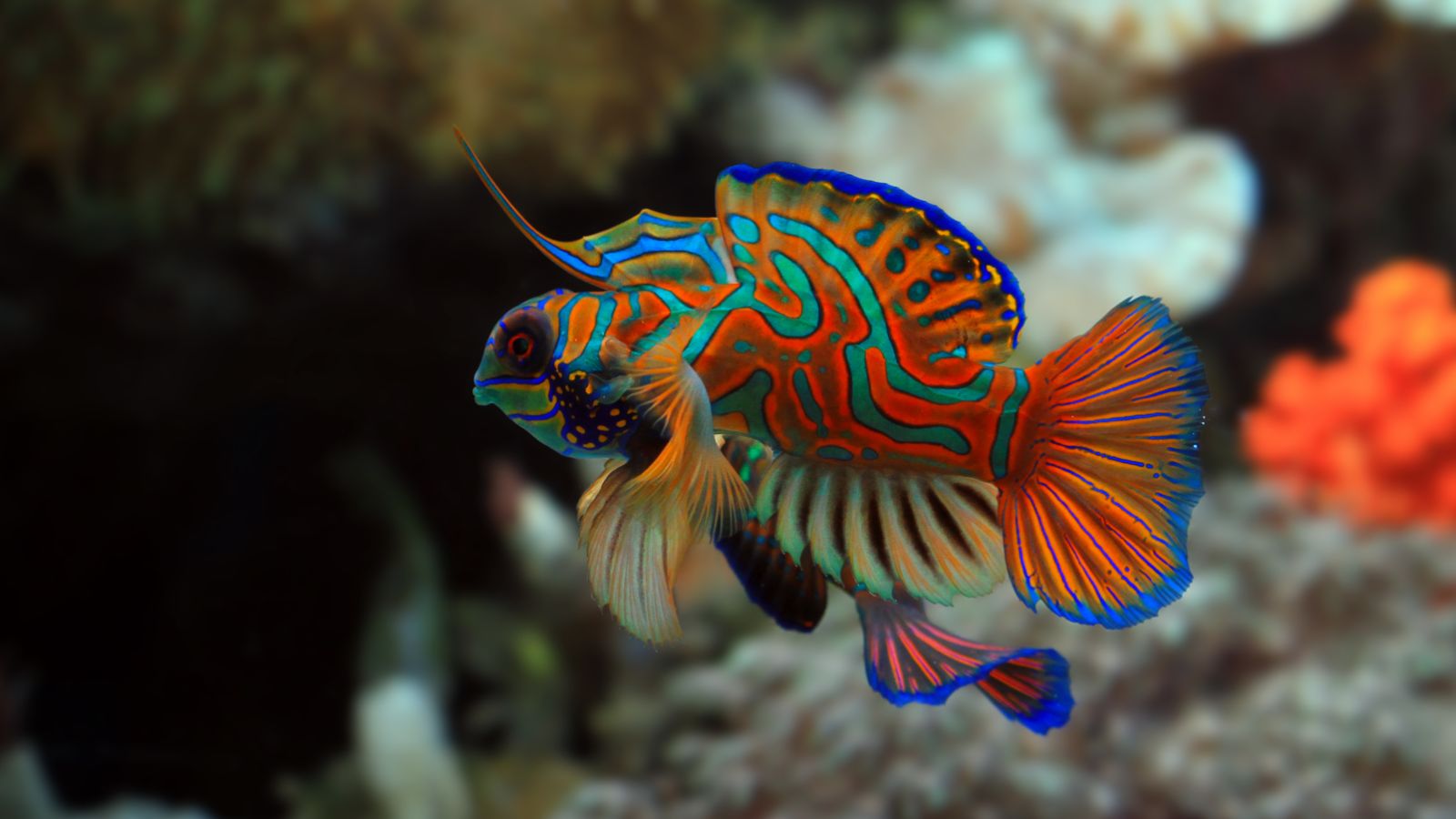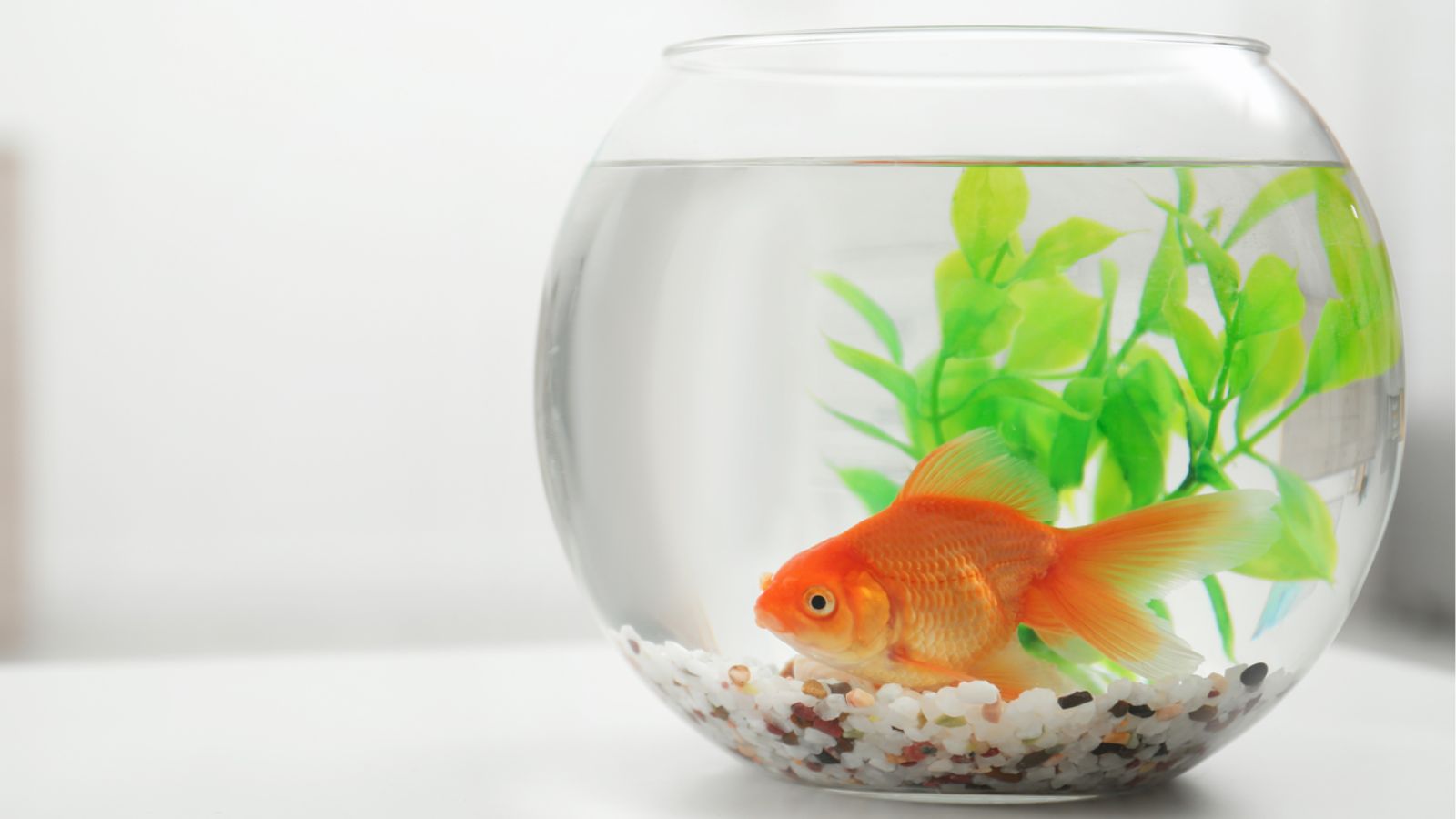Putting together an aquarium of colorful fish can be an enjoyable and fulfilling hobby, and the opportunities for creating a unique landscape and community of fish species are endless. We’ve compiled a list of 18 things about these amazing creatures you probably didn’t know.
Eating Habits

Depending on the species, a lot of fish can survive on a vegetarian diet, but others do require live prey. Some aquarium fish are even known to eat other fish in the tank, or their own offspring. There have also been reports of fish using rocks to crack open snail shells for food.
Communication

Fish can communicate using a variety of different methods, from sounds such as grunts and clicks to changes in body language. Some species can change color in order to convey messages or use biofluorescence to attract mates or intimidate rivals.
Sleep Patterns

Unlike humans, most fish don’t have eyelids, so they can appear to be awake while they’re sleeping. According to Aqueon, some fish “lay on the bottom or even bury themselves in the sand, some hide in caves or under grottos, some hover or drift along motionlessly near the surface, and some nestle into plants, driftwood, corals or other objects.”
Sensory Superpowers

Fish have a lateral line of small pores running along the side of their body that detect vibrations and movement in the water, allowing them to stay out of the way of predators and catch prey. Some species can also detect electrical fields, which helps them navigate and hunt for prey.
Color-Changing

Many types of fish can change color for camouflage, communication, or temperature regulation. This change can be triggered by environmental factors, stress, or the health of the fish and is caused by the chromatophore and iridophore cells in the fish’s genetic makeup.
Aquarium Fish Longevity

Some types of aquarium fish can live much longer than most people expect. According to The Spruce Pets, “There are many documented cases of goldfish living a quarter of a century.” The lifespan of fish varies widely among species and is influenced by factors like diet, tank conditions, and genetics.
Breeding Intricacies

There are many unique breeding behaviors among fish, including bubble nest building, where eggs are protected in a floating nest of saliva, or mouthbrooding, where eggs are incubated inside the fish’s mouth. Breeding in captivity can be tricky, as fish require specific conditions to mimic natural environments and triggers.
Nano Fish

Nano fish are small-sized species that thrive in smaller tanks; despite their small size, they have vibrant personalities and intricate social structures. This makes them ideal for people who only have space for a small tank but want to grow a rich aquarium of brightly colored species.
Social Hierarchies

Many species establish social hierarchies, with dominant and submissive members. According to Aquarium Pharm, “some fish often have a defined pecking order where dominant individuals claim the best spots for feeding and resting.” Understanding these dynamics is vital for maintaining harmony in an aquarium.
Architect Fish

Certain species of aquarium fish will work to modify their environments. Cichlids, for example, will rearrange substrate and gravel, forming part of their nesting and territorial behaviors. It’s important to understand these behaviors in any species you bring home, as they may require specific tank setups to accommodate them.
Ecosystem Health

In their natural habitats, fish play crucial roles in nutrient cycling in the water and plant pollination. When placed in an aquarium, fish will help create a balanced ecosystem within the tank, affecting levels of nitrate, plant health, and biological filtration.
Stress Management

Fish can become stressed if they experience poor water quality, overcrowding in the aquarium, or inappropriate tank mates. Long periods of stress can lead to health issues or changes in the fish’s behavior; it’s therefore important that you manage your tank and all species according to their needs.
Evolutionary Wonders

Many species of aquarium fish have evolved to thrive in diverse environments; these adaptations include specialized feeding mechanisms, breeding strategies, and survival tactics. It’s important to understand these evolutions as well as their behaviors to help you provide them with the best care.
Intelligence

According to Oxford University, “a species of tropical fish has been shown to be able to distinguish between human faces.” Some species can even learn tricks as well as remember complex mazes for months. Schooling species of fish who move in coordinated ways show a shared level of intelligence and communication.
Disease Prevention and Management

Some diseases are common in aquarium tanks, but by detecting them early and treating them appropriately, you can help keep your fish healthy, so it’s a good idea to read about common ailments in the species you have. It may be occasionally necessary to set up a quarantine tank to stop the spread of disease.
Aquarium Scaping

Aquascaping is not only a critical aspect of the visual design of a tank, but it also influences the well-being of your fish. Different fish species require various habitat features; for example, some need hiding spots and others require open swimming areas. It’s also important to consider the types of plants you’ll use and their needs.
Coloration

The coloration of fish is influenced by genetics, diet, and environmental factors. Coloration can serve multiple purposes, from camouflage to mate attraction, and understanding this can help ensure you provide the best care for healthy fish and proper management when it comes to breeding.
Ethical Considerations

According to Earth.com, a “study revealed that tropical fish aquariums contribute to a significant proportion of annual household CO₂ emissions and water usage.” Ethical aquarists should also consider the ethical impact of fish collection and buy from reputable dealers who contribute to the conservation of natural habitats.
Read More: 17 of the Most Dangerous Cities in the World (6 Are in The US)

Every city has its dangers, but it goes without saying that some places are far more dangerous than others. We’ve compiled a list of 17 of the most dangerous cities in the world in terms of violent crime and homicide rates.
17 of the Most Dangerous Cities in the World (6 Are in The US)
17 Non-Negotiables Men of Integrity Refuse to Compromise On

A man with integrity has strong moral principles—there are just some things that he would never do. In this article, we’ll find out the top 17 things that damage a man’s integrity.
17 Non-Negotiables Men of Integrity Refuse to Compromise On
17 Things You Should Never Carry in Your Wallet

Let’s be real — when was the last time you went through your wallet and got rid of anything unnecessary? It’s important to know if you’re carrying items with you every day that could put you at risk. Click to discover the 17 things you should never keep in your wallet, helping you minimize the risk of identity theft, financial loss, and other issues.
17 Things You Should Never Carry in Your Wallet
18 Old School Habits That Are Making a Comeback

Old school habits are starting to make a comeback. These can be hobbies associated with the older generation, such as sewing or woodworking. It can also be old-school manners, such as writing thank-you notes and opening doors for people. Let’s look at 18 of these habits.
18 Old School Habits That Are Making a Comeback
18 American Phrases That Non-Americans Struggle to Understand

American expressions are a vital part of its culture, reflecting the nation’s history and values. However, these sayings can sometimes puzzle people from other countries because they often carry context, colloquialisms, and historical references that can lose their intended meaning when crossing borders. Let’s look at 18 of such American sayings.
18 American Phrases That Non-Americans Struggle to Understand

